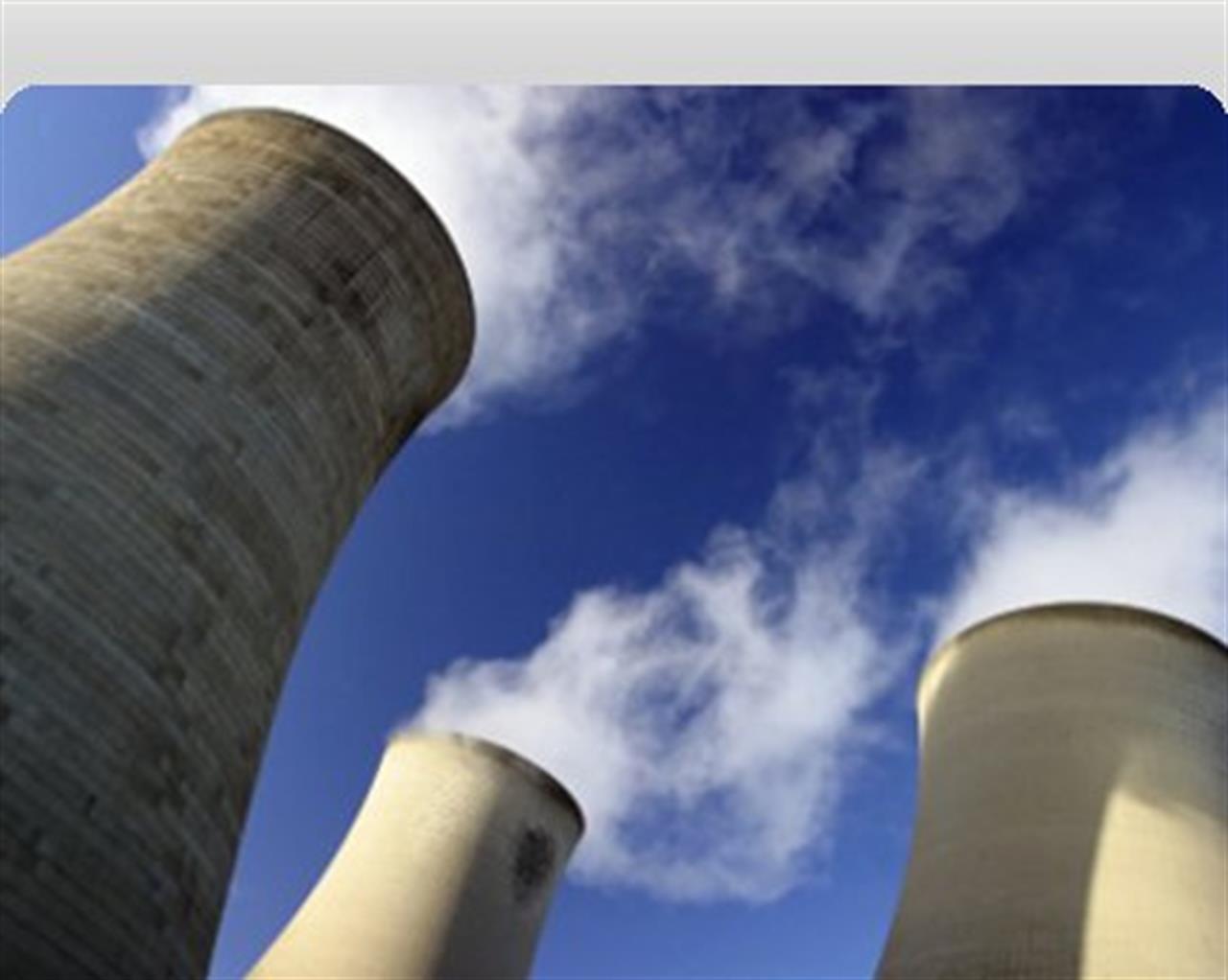Non profit
Eastern Europe’s nuclear crucible
The atomic re-birth:19 nuclear centrals spread throughout Eastern Europe
di Staff

By Pierluigi Mennitti
Beyond the Bavarian border, among the hills, cement cones stick out, announcing the presence of the Temelin nuclear power plant, once the pride of Czechoslovakian engineering. Now that Czechoslovakia doesn’t exist anymore, it’s up to the Czech government to decide its future, challenging the German protests and the Austrian concerns. Fukushima is 9,000 kilometers from here. And in fact the Czech premier, Petr Necas, doesn’t seem to be touched by the tragedy: “This is a safe power plant, there is no risk of a tsunami here.” Indeed it is difficult that a see wave will ever reach this place, in the heart of Europe and in one of the few states that is not even touched by the sea, but the joke is not very funny.
There are nineteen power plants in Eastern Europe. In EU member countries alone there are 20 reactors: one in Krsko, Slovenja, only a few kilometers from the Italian border, six in the Czeck Republic, between Temelin and Dukovany, 5 in Slovakia, between Bohunice and Mochovce, 4 along the Danube, between the Romanian Cernodova and the Bulgarian Kosloduj, 4 in Paks, Hungary. There are 26 reactors supplying energy to a land as rich in gas as Russia is moreover there are 15 reactors supplying Ukraine.
Risks and prophecies
According to the ecologists the old reactors built by the soviets are time bombs, since their security systems do not comply with the modern standards.
A concern that is shared by the IEA, the International energy agency based in Vienna, which from 1998 to 2005 sent its technicians to the eastern sites and, in 18 cases, ordered thorough inspections. The most striking case is in Ignalina, Lithuania, where there is a power plant based on two graphite reactors, the same structure as the one that exploded in Chernobyl on April 26, 1986, the darkest day in the history of civil nuclear power. The plant supplied 78% of the energetic demands of the little Baltic republic, a degree of dependency on the atom that is comparable only to that of the French, but in 2004 Brussels ordered the switch off of one of the two plants. After a long battle, on January 1, 2010, the second central was switched off as well.
The other sites are all in full activity including the plants in Hungary where in 2003 there was a radioactive gas leak during the cleaning of the combustible bars.
These power plants may not be threatened by a tsunami, but the same cannot be said for earthquakes. Some have been built in earthquake hazards areas (like in Krsko) and it is following the accident in Fukushima, that now the European Commission wants to test their security measures.
The energy commissioner , Gunther Oettinger, let slip that many European plants will not pass the test.
Goal: independence
However the Eastern countries do not want to give up the old power plants, on the contrary they are planning an intensive nuclear rebirth.
With an increase in the energetic demand from growing economies , there is an emerging geopolitical concern: nuclear is synonym of independence, to do without would mean having to diversify energy supplies. And since renewable energies alone are not enough, their fear is that they will be forced to turn to the old enemy: Russia. It is an ancestral terror that in the last few years has caused an increase in the number of new nuclear power plants. The state company Cez that manages the energetic programs of the Czech Republic is planning on starting the construction of two new reactors in Temelin in 2013, notwithstanding the protests by part of the environmentalists, not just from the Czech Republic, but also from Bavaria and Austria.
Poland, which up to now hasn’t taken the nuclear option into consideration, is planning the construction of 2 power plants by 2016: the first should start to function in Zarnowiec in 2020, North-East of Danzica, with the consensus of the local politicians and of the population that sees in the central an employment opportunity, the second in 2030 it is yet to be decided if it is going to be built in Kopan or in Warta- Klempicz.
The three Baltic republics are thinking of a sort of Ignalina rebirth: a common plan of reactors that will be able to supply Lithuania, Latvia and Estoni, with 3 thousand MWs.
Bulgaria hasn’t rejected the plan for the construction of two new reactors in Belene, a town on the Danube, although the plan has been challenged by the ecologists of the BeleNe association because it is in a seismic zone. But the government has already declared the possibility of moving the two reactors to the existing site of Kosloduj. The same solution has been adopted in Slovakia and Hungary: two new reactors are expected to be built in the Bohunice central, Slovakia while in Hungary, where the government has re-started an old project of the 90s, two new reactors will be built in Paks. However, in the last two cases the crisis has slowed down the plans for lack of financial resources.
The financial problem doesn’t seem to affect either Vladimir Putin or Alexader Luvdaschenko. The two have chosen the least suitable time and place to sign the agreement on the first nuclear power plants in Belarus: the day of the announcement, that water was desperately being pumped in the Fukushima nuclear power plants.
25 years after the Chernobyl disaster some areas in the south of Belarus are still off-limits but the memory of the tragedy doesn’t affect the Ukrainians who depend on nuclear power for 50% of theur energy needs: “Only rich countries can afford to do without”, declared the Ukraine premier, Mykola Azarov. In Ukraine two new reactors will be built in Khmelnitski with the help of the Russian government that is also planning the settlement of 26 new reactors in Russia by 2030.
Si può usare la Carta docente per abbonarsi a VITA?
Certo che sì! Basta emettere un buono sulla piattaforma del ministero del valore dell’abbonamento che si intende acquistare (1 anno carta + digital a 80€ o 1 anno digital a 60€) e inviarci il codice del buono a abbonamenti@vita.it
